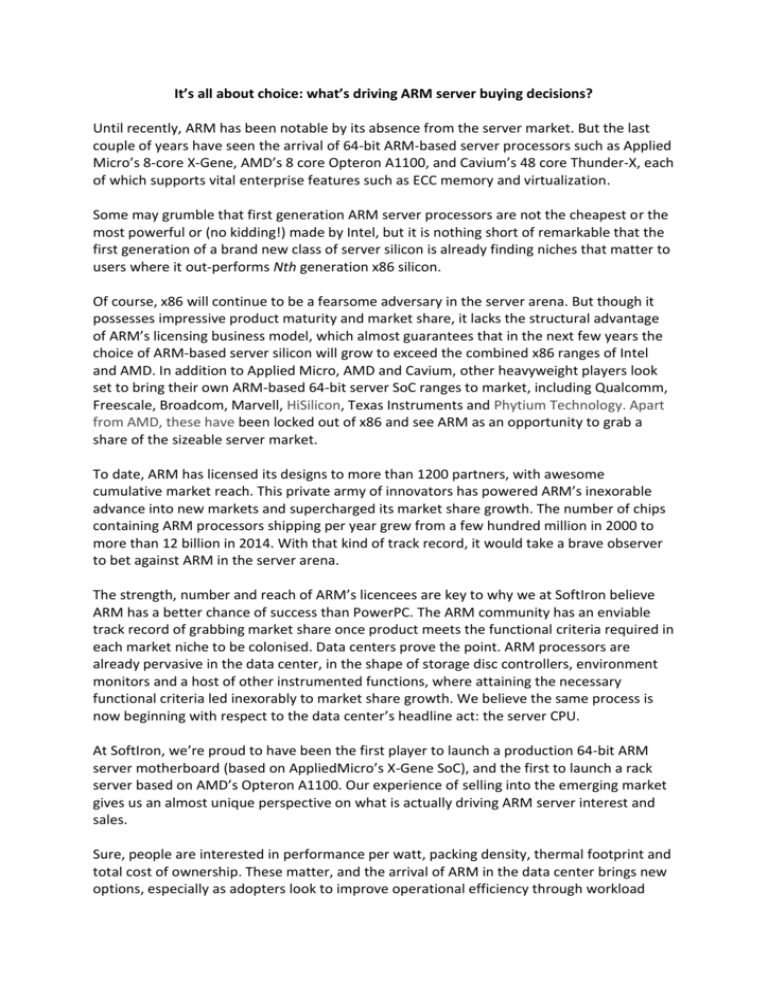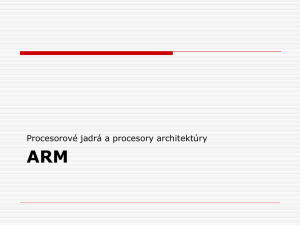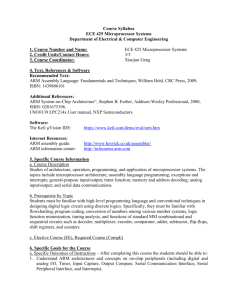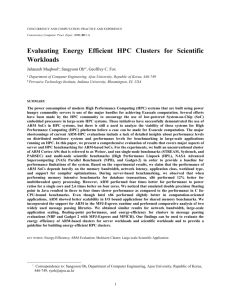It`s all about choice: what`s driving ARM server buying decisions
advertisement

It’s all about choice: what’s driving ARM server buying decisions? Until recently, ARM has been notable by its absence from the server market. But the last couple of years have seen the arrival of 64-bit ARM-based server processors such as Applied Micro’s 8-core X-Gene, AMD’s 8 core Opteron A1100, and Cavium’s 48 core Thunder-X, each of which supports vital enterprise features such as ECC memory and virtualization. Some may grumble that first generation ARM server processors are not the cheapest or the most powerful or (no kidding!) made by Intel, but it is nothing short of remarkable that the first generation of a brand new class of server silicon is already finding niches that matter to users where it out-performs Nth generation x86 silicon. Of course, x86 will continue to be a fearsome adversary in the server arena. But though it possesses impressive product maturity and market share, it lacks the structural advantage of ARM’s licensing business model, which almost guarantees that in the next few years the choice of ARM-based server silicon will grow to exceed the combined x86 ranges of Intel and AMD. In addition to Applied Micro, AMD and Cavium, other heavyweight players look set to bring their own ARM-based 64-bit server SoC ranges to market, including Qualcomm, Freescale, Broadcom, Marvell, HiSilicon, Texas Instruments and Phytium Technology. Apart from AMD, these have been locked out of x86 and see ARM as an opportunity to grab a share of the sizeable server market. To date, ARM has licensed its designs to more than 1200 partners, with awesome cumulative market reach. This private army of innovators has powered ARM’s inexorable advance into new markets and supercharged its market share growth. The number of chips containing ARM processors shipping per year grew from a few hundred million in 2000 to more than 12 billion in 2014. With that kind of track record, it would take a brave observer to bet against ARM in the server arena. The strength, number and reach of ARM’s licencees are key to why we at SoftIron believe ARM has a better chance of success than PowerPC. The ARM community has an enviable track record of grabbing market share once product meets the functional criteria required in each market niche to be colonised. Data centers prove the point. ARM processors are already pervasive in the data center, in the shape of storage disc controllers, environment monitors and a host of other instrumented functions, where attaining the necessary functional criteria led inexorably to market share growth. We believe the same process is now beginning with respect to the data center’s headline act: the server CPU. At SoftIron, we’re proud to have been the first player to launch a production 64-bit ARM server motherboard (based on AppliedMicro’s X-Gene SoC), and the first to launch a rack server based on AMD’s Opteron A1100. Our experience of selling into the emerging market gives us an almost unique perspective on what is actually driving ARM server interest and sales. Sure, people are interested in performance per watt, packing density, thermal footprint and total cost of ownership. These matter, and the arrival of ARM in the data center brings new options, especially as adopters look to improve operational efficiency through workload optimisation. But what ARM server adopters want most of all is choice. Choice to build redundancy across more than one server architecture. Choice to be a little less dependent on the dominant silicon vendor. Choice to explore for themselves where x86 makes sense and where ARM offers better performance against KPIs. Norman Fraser PhD is Co-founder and CEO of SoftIron, a leader in ARM-based enterprise computing products with bases in England and Silicon Valley.






